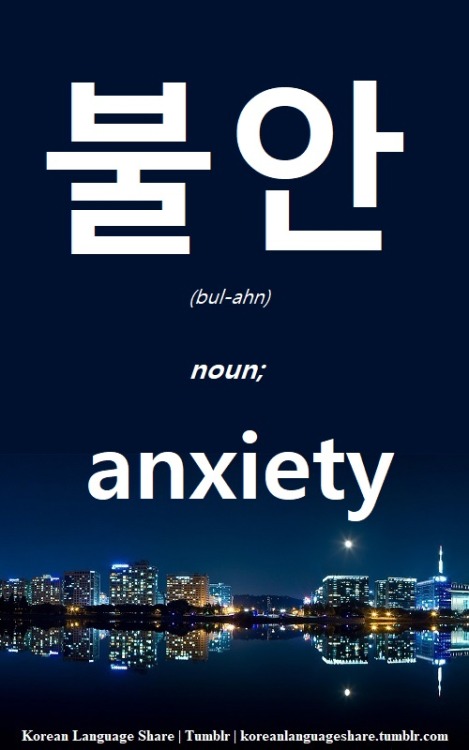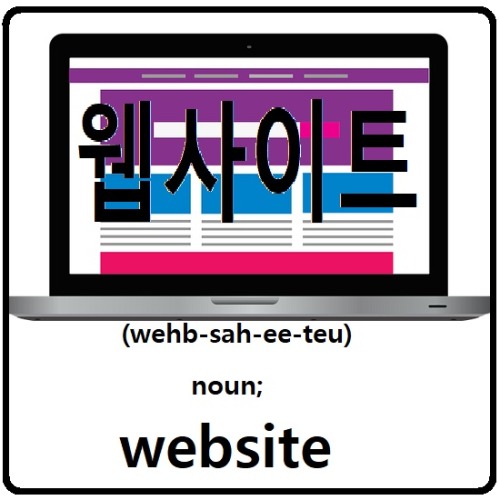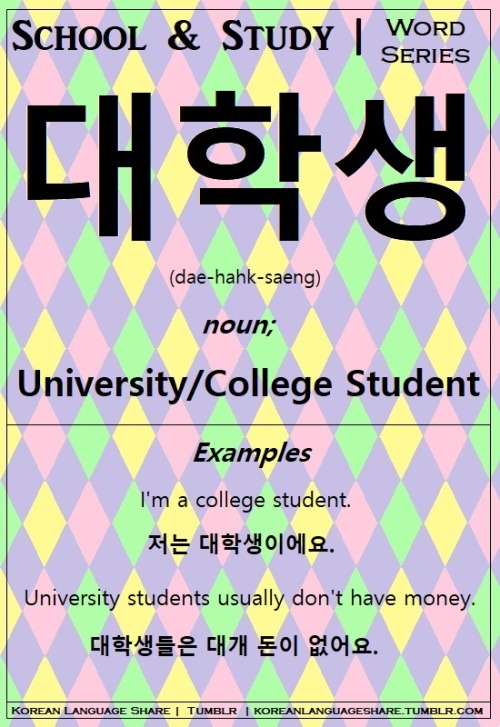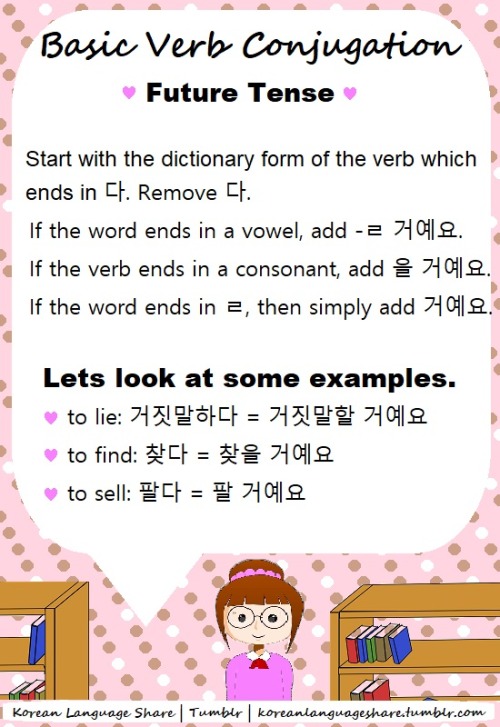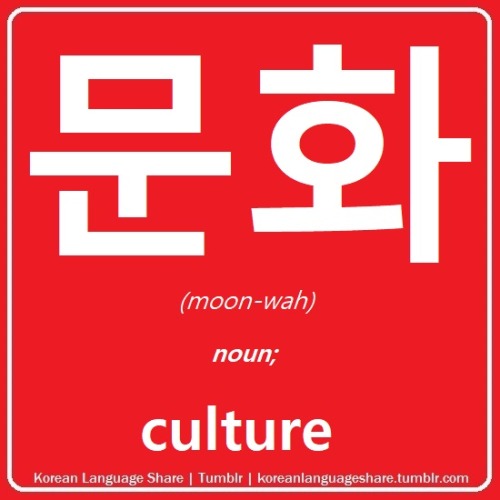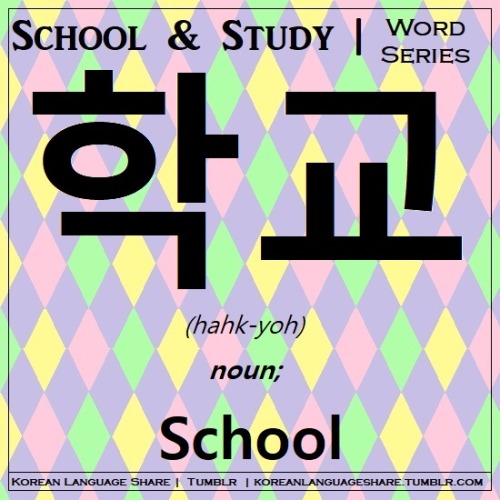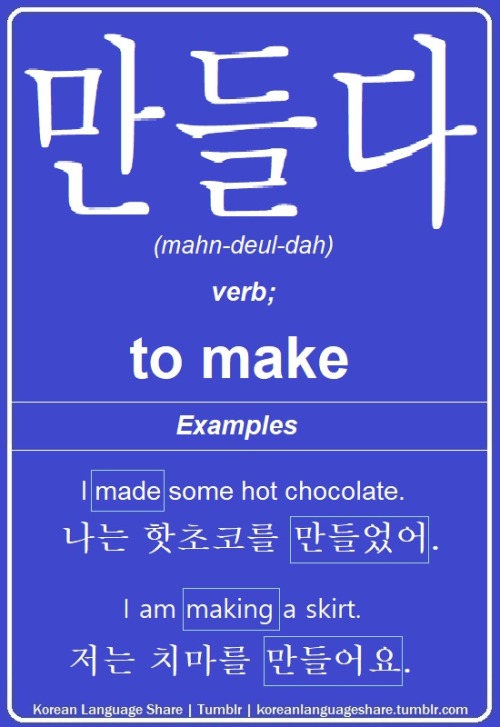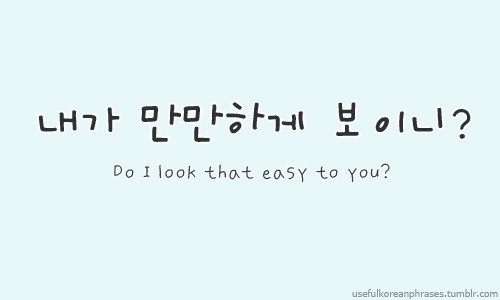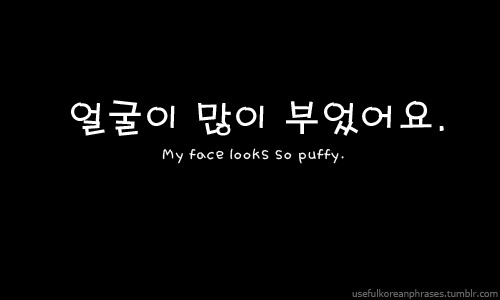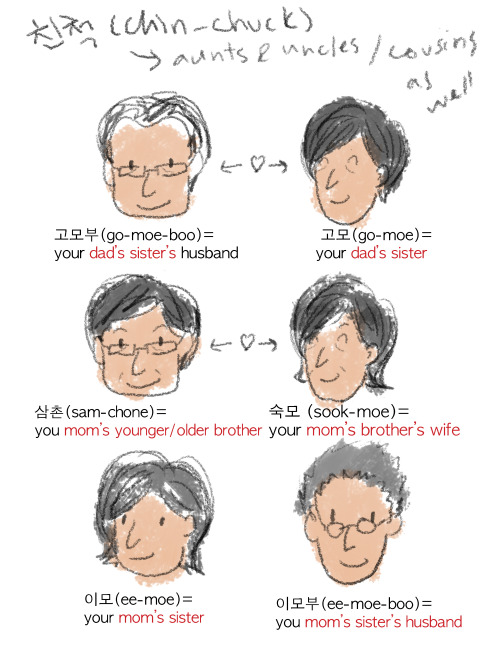#basic korean
How To Learn Korean Online For Free
There are a lot of ways to go about learning how to speak Korean or any language, and some of them can be very expensive. There are $200 language programs on CD Rom or classroom lessons that take up extra time to travel to and from class, on top of the high cost.
But for those of us on a budget with busy schedules, it may not be feasible to put money into expensive programs or tutors. Adding that to the cost of college tuition or homeschooling curriculum can render it unavailable to many…
Read more here.
Post link
How To Learn Korean Online For Free
There are a lot of ways to go about learning how to speak Korean or any language, and some of them can be very expensive. There are $200 language programs on CD Rom or classroom lessons that take up extra time to travel to and from class, on top of the high cost.
But for those of us on a budget with busy schedules, it may not be feasible to put money into expensive programs or tutors. Adding that to the cost of college tuition or homeschooling curriculum can render it unavailable to many…
Read more here.
Post link
Korean grammar “입니다, 합니다, 습니다” as “-ㅂ니다”
Basic grammar must know

"-ㅂ니다" shows the present tense (I read, I eat, I go, etc.) or daily actions (I go to Church, I go to school, etc.) .
Basically there are three types of verbs in Korean.
First, “-입니다” from -이다(infinitive) means “is”
Second, “-합니다” from -하다(infinitive) means “do”
the last but not least irregular forms. “가다”, “먹다”, “자다” etc. are the last case.
“-입니다” is corresponding to “is” in English.
“이다” (is) + “ㅂ니다” becomes “-입니다”
For example;
- This is a pen = 이것은 펜입니다.
- I am at cafe = 나는 카페입니다.
“-합니다” is used for verbs ending with “-하다
"Verb ”-하다" is the most common form of verbs in Korean.
These verbs are consist of Noun and “-하다”.
For example,
- "공부하다" is made up by “공부(Study)” and “-하다”.
- “낙서하다” is made up by “낙서(Doodle)” and “-하다”.
These verbs have a distinction comparing to other verbs, which the noun on the verb can change to Object with “-을/를”.
For example,
- “공부하다” can change to “공부를 하다”.
- “낙서하다” also can be written in “낙서를 하다”.
The irregular form to use “-ㅂ니다” is depending on the last letter of the verb.
- End with vowel (There is no consonant on the bottom)
- “가다(Go)” + “-ㅂ니다” becomes “갑니다.”
- “자다(Sleep)” + “-ㅂ니다” becomes “잡니다.”
2. End with the consonant “ㄹ” -Omit “ㄹ” and apply the first rule, +“-ㅂ니다”
- “갈다(Change/Grind)” + “-ㅂ니다” becomes “갑니다.” - As you notice, it is the same form with “가다 + -ㅂ니다”.
- “말다(Roll up)” + “-ㅂ니다” becomes “맙니다.”
3. End with a consonant besides “ㄹ” - add “-습니다”
- “걷다(Walk)” +“-습니다” becomes “걷습니다.”
- “입다(Wear) + ”-습니다" becomes “입습니다.”
There is a worksheet on studywithjun.com
I appreciate your effort on study today, and hope you guys have a good day !
Lee Young-Ae for Marie Claire Korea, February 2014
this is a traditional korean dress called han-bok 한복.
Post link
Been a while (while’s an understatement but :P)!! This is how you call your mom,dad, grandparents, aunts and uncles and sisters and bros and such in korean!
-In the image, dad’s side of grandparents stuff looks like 진 but it’s 친할아버지/친할머니 where 친(chin)(親) indicating dad’s side.
-If you have a younger sibling which is called 동생(dong-sang), you say this is my 동생 _insert name_ when introducing but usually u just call younger siblings by their names
-for your cousins and aunts and uncle you say 친척(chin-chuck) and for your cousins you would add 친척 동생/누나/오빠/언니
for mom’s side of uncle is called 삼촌 but also can be called 외삼촌. 외 (外) (Wei) is indicating mom’s side of the family.
Post link



